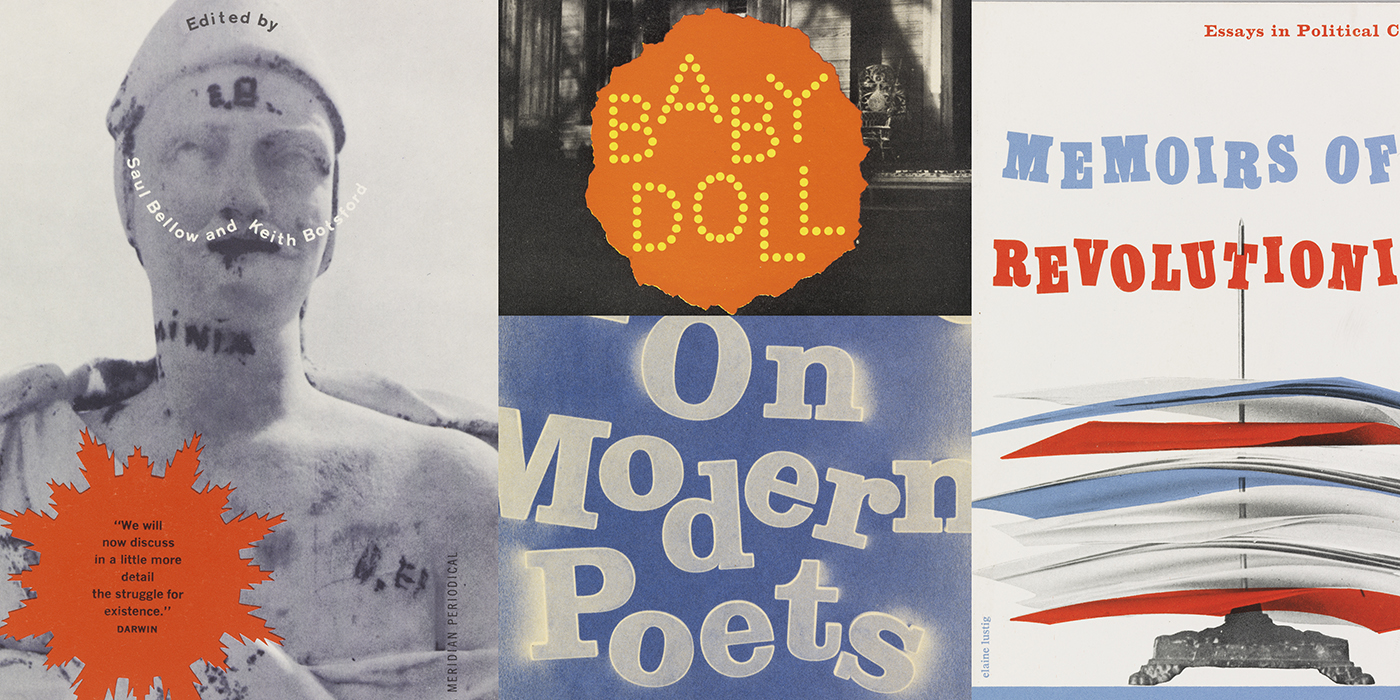Elaine Lustig Cohen



Elaine Lustig Cohen (American, 1927–2016) found her way to graphic design through her marriage to the legendary American modernist Alvin Lustig (American, 1915–1955). She managed her husband’s design studio from 1948 until his death, serving as a secretary, production assistant, and draftsperson.
After Lustig died, Cohen established her own design practice, carrying on work with many of the studio’s clients. Her book covers employ abstract structural elements, expressive typography, and conceptual photographs to interpret the books’ contents.
Cohen worked for corporate and institutional clients during the 1960s, including General Motors, the Jewish Museum, and the Museum of Modern Art in Rio de Janeiro, Brazil. She pioneered the practice of architectural signage, collaborating with Philip Johnson, Richard Meier, Eero Saarinen, and other leading architects. With Johnson, she designed signs for the Seagram Building, the Kline Geology Laboratory, and other projects.
Elaine married Arthur Cohen, publisher of Meridian Books, in 1956. They later opened Ex Libris, a rare bookstore specializing in publications and documents from the European avant-garde. By 1969, Elaine focused her talents on painting, while also designing historically attuned catalogs for Ex Libris. In 2015, typographer Craig Welsh collaborated with Elaine to create Lustig Elements, a typeface based on modular letterforms designed by Alvin Lustig in the 1930s.